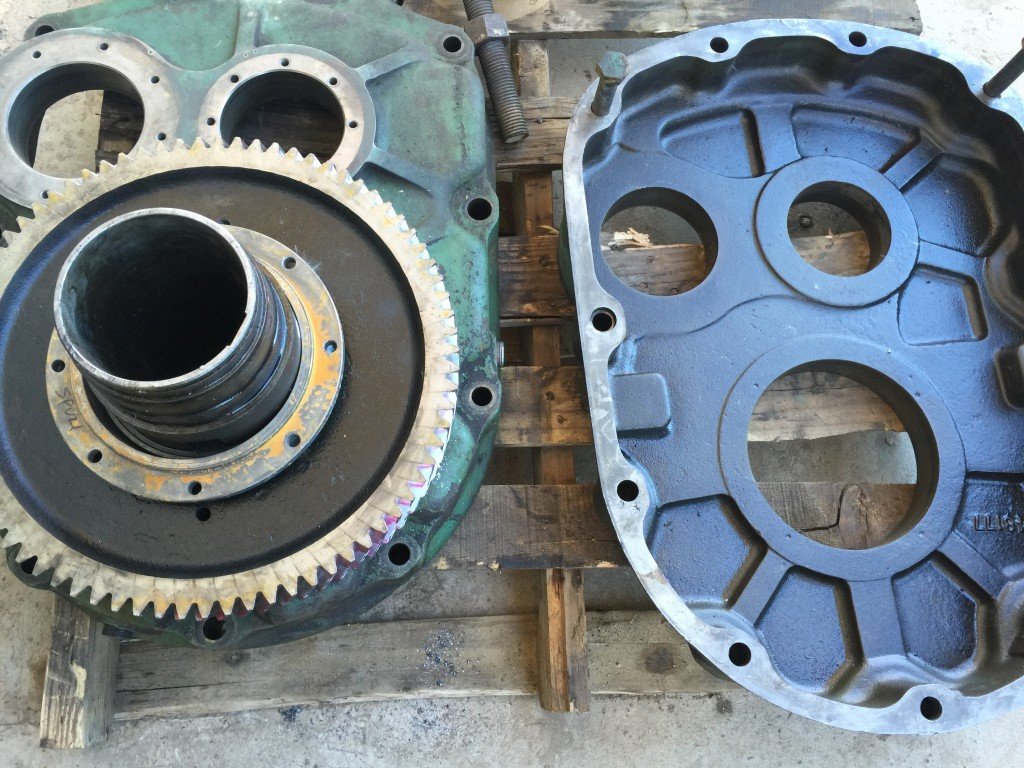Mobile:+86-311-808-126-83
Email:info@ydcastings.com
Optimizing Performance with LS1 Exhaust Manifold for Enhanced Engine Efficiency and Power Output
Understanding LS1 Exhaust Manifolds A Comprehensive Guide
The LS1 engine, part of GM's legendary LS family, is widely recognized for its performance capabilities and adaptability in various automotive applications. Among the many components that contribute to the LS1's efficiency and power, the exhaust manifold plays a crucial role. This article delves into the function, design, and importance of the LS1 exhaust manifold, highlighting how it affects overall engine performance.
Function of the Exhaust Manifold
The primary role of the exhaust manifold is to collect exhaust gases from the engine's cylinders and direct them into the exhaust system. In the LS1, each of the eight cylinders has its exhaust port connected to the manifold. This design ensures that gases are expelled efficiently, minimizing back pressure and allowing for better engine breathing. A well-designed exhaust manifold is essential for improving engine performance, as it directly impacts how quickly and efficiently the exhaust gases can exit the engine.
Design Considerations
When it comes to LS1 exhaust manifolds, design is paramount. The LS1 engine typically utilizes cast iron or stainless steel manifolds. Cast iron manifolds are known for their durability and resistance to warping, while stainless steel is lighter and can offer a more aesthetically pleasing look, especially in enthusiast builds. The design also includes considerations for port alignment, which is vital for maintaining smooth gas flow and minimizing turbulence.
Moreover, the manifold's size and shape significantly influence exhaust flow dynamics. Tuned exhaust manifolds, which are designed with optimized lengths and angles, can enhance performance by tuning the exhaust pulses. This tuning can enhance scavenging, allowing for more efficient intake of the next air-fuel charge and ultimately improving horsepower and torque outputs.
ls1 exhaust manifold

Aftermarket Options
Enthusiasts and performance-oriented drivers often seek aftermarket exhaust manifolds to maximize their LS1’s potential. Performance manifolds typically feature a more aggressive design, such as long-tube headers, which can significantly reduce exhaust back pressure and increase horsepower. These systems are designed to improve the high RPM performance of the engine, making them particularly popular in racing and high-performance applications.
Aftermarket options vary widely in terms of materials, prices, and performance gains. Some headers are designed to enhance sound, providing a more aggressive exhaust note. Others focus solely on performance, incorporating features such as mandrel bends and smooth transitions to further reduce restrictions in the exhaust flow.
Conclusion
In summary, the LS1 exhaust manifold plays a pivotal role in determining the engine's overall performance. It is not just a passive component; its design can greatly influence exhaust flow, back pressure, and ultimately the engine's power output. Whether opting for the factory cast iron manifold or upgrading to high-performance aftermarket headers, understanding the importance of this component can help enthusiasts make informed decisions that enhance their vehicles' efficiency and capabilities.
For anyone working on an LS1 project, considering the exhaust manifold's design and performance characteristics will be a key factor in achieving optimal results. From daily drivers to race cars, every LS1 can benefit from thoughtful exhaust system upgrades, ensuring that the engine performs at its best and delivers the exhilarating experience that the LS family is known for. Investing in the right exhaust manifold can unlock the full potential of the LS1 engine, making each drive a thrilling experience.
-
Why Should You Invest in Superior Pump Castings for Your Equipment?NewsJun.09,2025
-
Unlock Performance Potential with Stainless Impellers and Aluminum End CapsNewsJun.09,2025
-
Revolutionize Your Machinery with Superior Cast Iron and Aluminum ComponentsNewsJun.09,2025
-
Revolutionize Fluid Dynamics with Premium Pump ComponentsNewsJun.09,2025
-
Optimizing Industrial Systems with Essential Valve ComponentsNewsJun.09,2025
-
Elevate Grid Efficiency with High-Precision Power CastingsNewsJun.09,2025











